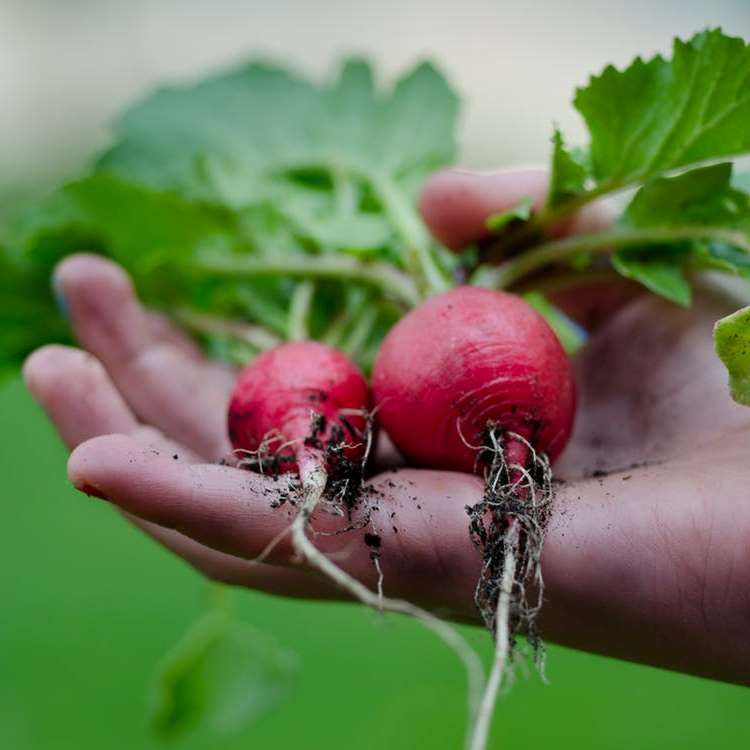
How to Increase the Absorption of Nutrients – Part 2
(If you missed Part 1 of this article, you can catch up on it here.)
In Australia we’re lucky to have access to a wide variety of fresh food. Smart shoppers buy in season, work with what they have, and are conscious of getting maximum value – both in dollar terms and nutritionally. Here’s more of my tips on getting the most nutrients out of the food you eat:
TAKE TIME OUT
High stress levels can have detrimental effects on the body such as; reducing the quality of your sleep, and slowing down the release of digestive enzymes and stomach acid that is required to breakdown food to absorb the nutrients.
Taking time out to reduce stress levels by doing something for yourself can do wonders for your mental wellbeing as well as for your digestion. I try to take time out everyday, even if it is for 15 minutes to sit in the sun and enjoy a cup of tea.
TEAM UP YOUR IRON
Iron is a mineral required for healthy red blood cells, transporting oxygen in blood and maintaining healthy cells, skin, hair, and nails.
To increase absorption of iron, team it with Vitamin C rich foods such as: dark leafy veggies and non-animal iron sources like nuts and seeds, quinoa or legumes. Vitamin C works to reduce oxidation of the iron as it has powerful antioxidant properties. By teaming with a non-animal iron source, iron absorption can be increased by 10-20%.
Not all iron is absorbed the same. For Heme iron (animal): 15-35% is absorbed while for Non-heme iron (plant): 2-20% is absorbed. This can be enhanced when consumed with Vitamin C foods. When non-heme iron foods are consumed with heme-iron foods it improves absorption rate (up to three times!).
HEAT UP THOSE TOMATOES
By heating up tomatoes it releases lycopene – an antioxidant that can help with the prevention of cancer and other diseases. To further absorb the benefits of lycopene add some healthy fat like olive oil, coconut oil or nuts.
ADD SOME BITTERNESS TO YOUR LIFE
Bitter foods such as rocket, dandelion greens, radish and kale help to release digestive enzymes that help you to break down foods. I like adding them to the side of my meals and consuming first to allow the digestive enzymes to be released and to do their job.
ADD BLACK PEPPER TO YOUR TURMERIC
Turmeric is a superfood all-rounder. It works: to reduce inflammation; as an antioxidant helping to reduce the oxidative damage; as an anti-bacterial and anti-fungal; helps to increase brain function, reduces your risk of cardiovascular disease; and can help to reduce the risk of cancer. The compound in turmeric that is responsible for this is curcumin. Our absorption of curcumin is poor, however when you pair it with black pepper which contains piperine, you increase the body’s ability to absorb the benefits of curcumin.
SAVE CAFFEINE AND WINE FOR AFTER MEALS
The tannins found in tea, coffee and wine can inhibit the absorption of nutrients as the tannins bind to certain nutrients especially iron, zinc and calcium. To avoid this, enjoy your tea, coffee or wine 30 minutes after your meal.
INTRODUCE APPLE CIDER VINEGAR
ACV has anti-fungal properties, is helpful in stabilising blood glucose (sugar) levels, reducing reflux, and assists to increase nutrient absorption, especially calcium, and helps the liver with detoxification.
I recommend having your ACV 30 minutes before eating (1 teaspoon in warm water), as this helps to stimulate the release of digestive enzymes and increase stomach acid required to assist with the breakdown of nutrients.
Another way to get your fix of ACV is to make a simple salad dressing. In a jar mix 1 part olive oil, 1 part apple cider vinegar and 1 crushed garlic (optional).
Disclaimer: This article is written for information purposes only. Information included in this article is not intended to treat or cure individuals. As every individual is so unique, so too are their dietary needs and restrictions. Always seek the advice from a healthcare professional before making any changes to your lifestyle or diet.
Apple Cider Vinegar, iron, nutrients, tannins, turmeric

